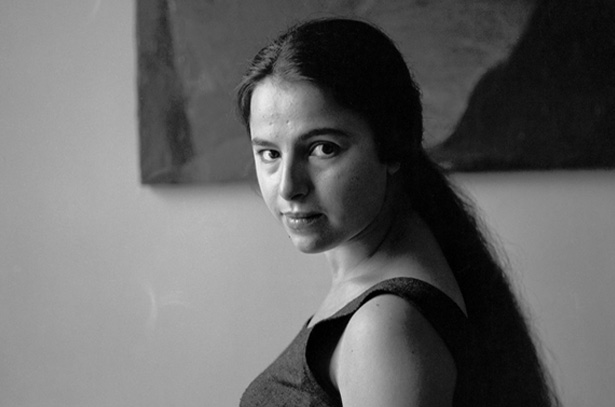
Eva Hesse
16 March - 24 April 2010
New York, 69th Street
Installation views
About the Artist

Eva Hesse
Born in Hamburg Germany in 1936, Eva Hesse is one of the icons of American art of the 1960s, her work being a major influence on subsequent generations of artists. Comprehensive solo exhibitions in the past 50 years, as well as a retrospective that toured from the San Francisco Museum of Modern Art to the Museum Wiesbaden in Germany and finally to the Tate Modern in London, have highlighted the lasting interest that her oeuvre has generated. Hesse cultivated mistakes and surprises, precariousness and enigma, to make works that could transcend literal associations. The objects she produced, at times barely present yet powerfully charismatic, came to play a central role in the transformation of contemporary art practice.
In New York in the 1960s, Hesse was one of a group of artists, including Robert Morris, Bruce Nauman, Richard Serra and Robert Smithson, who engaged with materials that were flexible, viscous or soft: latex rubber, plastic, lead, polythene, copper, felt, chicken-wire, dirt, sawdust, paper pulp and glue. Often unstable and subject to alteration, these elements yielded works that were vital in their relativity and mutability. Hesse was aware she produced objects that were ephemeral, but this problem was of less concern to her than the desire to exploit materials with a temporal dimension. Much of the life-affirming power of Hesse’s art derives from this confident embrace of moment. As she stated in an interview with Cindy Nemser for Artforum in 1970, 'Life doesn’t last; art doesn’t last.'
Current Exhibitions
1 / 12

















